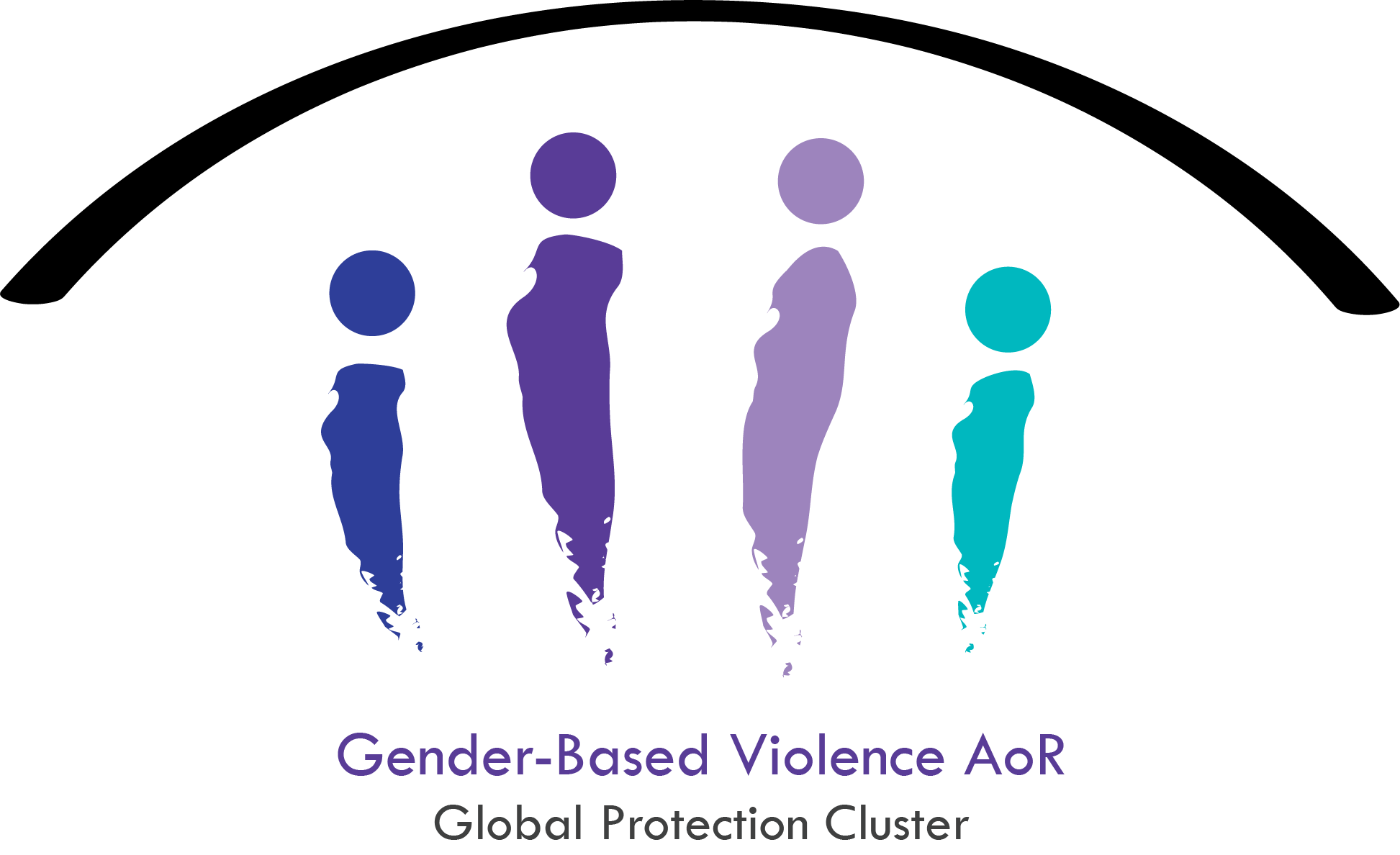Colombia is experiencing one of the highest inflation rates in the last 20 years, increasing poverty levels and reducing the purchasing power of the population, with unfavorable repercussions for women. The unemployment rate for February 2022 indicated 12.9 percent, 16 percent specifically for women and 10.3 percent for men. . The challenges that already exist in the most vulnerable population due to the pandemic and are expected to continue in 2022. The country continues to face multiple emergencies triggered by factors of violence, natural disasters and mixed transcontinental movements that generate intersectoral humanitarian needs in various communities, especially those located in the areas most affected by the conflict.
After five years of signing the Final Agreement with the former FARC-EP guerrilla, changes have been generated in the configuration of non-State armed actors operating in the country and with this a consequent increase in the number of armed actions has been reported (especially threats and confrontations) that generate emergencies of mass displacement and confinement. In addition, the population faces constant risks of protection, violations of human rights and International Humanitarian Law that affects their access to basic goods and services.
Specifically, in 2021, forced displacement emergencies and confinement due to factors of armed violence, natural and man-made disasters, the arrival of refugees and migrants from Venezuela and those on transcontinental movements, and the impact of the COVID-19 pandemic, increased risks and cases of gender-based violence (GBV). The fear of sexual violence has caused forced abandonment of territories and networks of trafficking for the purpose of sexual exploitation have been reinforced. The 2022 electoral situation could generate greater risks, especially for women and girls in vulnerable situations.
In Colombia, the factors of armed violence have a differentiated humanitarian impact on women, girls and people with diverse sexual orientations and gender identities (LGBTIQ+ community). Women and girls belonging to indigenous and Afro-descendant ethnic groups, who live in rural areas and/or have some type of disability, face patriarchal and cultural patterns with violent consequences at the family and community level (physical, psychological, economic, patrimonial and social violence). Added to the foregoing are the effects of the presence, influence and/or control of armed groups, which restricts mobility as practices of social control, including control of bodies and behaviors of women and LGBTIQ+ people, including Venezuelan refugee and migrant.
Women are mostly affected because they are in the first line of response, and become caregivers for their families and communities, managing the recovery. However, in emergency situations, where there are no safe temporary accommodations, women are exposed to risks due to the lack of privacy, considering overcrowding and the lack of decent living conditions.
